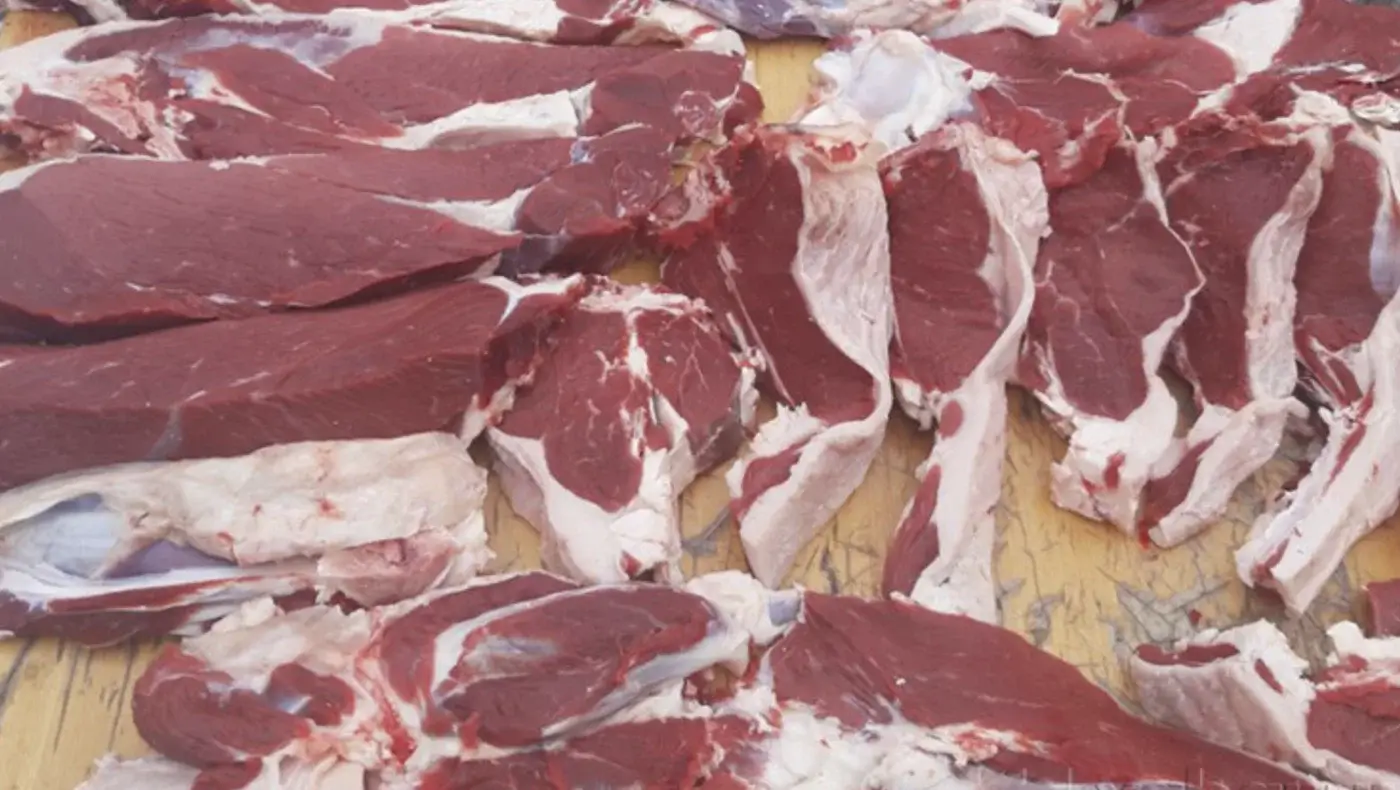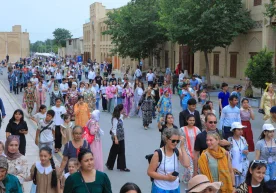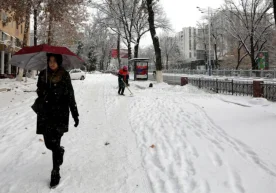
Since the end of February, meat prices have been rising, first in the capital, and then throughout Uzbekistan. According to the National Statistics Committee, in March alone, mutton prices rose by 9.1 percent, and beef by 8.8 percent. So, what is the reason for this?
The average price of 1 kg of beef around the world is $6. At the same time, average prices in Uzbekistan are around $8-11. According to local butchers interviewed by Kun.uz, prices may increase again in the near future.
Several factors may be contributing to the increase in meat prices in recent years.
Firstly, the land allocated for feeding livestock is not proportional to the number of cattle. The imbalance is growing as previously existing pastures are converted to cropland. That is, even if a farmer wants to expand livestock farming, he does not have enough land for this.
In pasture livestock farming, the costs of producing meat products are much lower than in cattle farming, and the low cost of production is the main factor balancing the price of meat. Due to climate change and water scarcity, the reduction of pastures is naturally increasing. In addition, the cutting down of shrubs and semi-shrubs for firewood and other economic needs has also accelerated the process of pasture crisis and desertification.
In turn, the reduction of pastures requires more use of existing resources. As a result, important natural processes such as normal plant growth and development, seed production, and seed dispersal into the soil slow down.
That is, in order to stabilize the current price increase and increase supply on the market, it is necessary to first solve this long-standing systemic problem. It is impossible to increase the number of livestock kept on steppe pastures without increasing their size and productivity. For example, in some countries, annual sowing of annual plant seeds has been introduced to improve the condition of pastures.
Secondly, a large part of the meat is grown by people at home. In order to earn additional income, young cattle are purchased from livestock farmers and fattened for sale. The rapid fluctuations in the prices of products such as meal and sorghum, the lack of land for fodder, and informal restrictions on the cultivation of crops such as corn are increasing the cost of food for livestock.
As a result, consumers are suffering from the general increase in prices. In general, meat is not considered a strategic product of primary importance, like cotton or grain.
Third, meat prices are expected to rise globally in 2025. For example, the Food and Agriculture Organization of the United Nations (FAO) beef price index exceeded 132 points in March. This is the highest figure in the last 33 months.
Price increases are also observed in neighboring republics. For example, in March, beef prices in Kazakhstan increased by 3.5 percent, and mutton prices by 3.4 percent. In Kyrgyzstan, meat product inflation was 3 percent.
How much has meat become more expensive?
The rise in meat prices has affected different regions of the republic differently. For example, in the Nishan district of the Kashkadarya region, beef prices increased from 95 thousand to 110 thousand soums, and mutton prices from 110 thousand to 120 thousand soums. The price of beef in the Chartok dehkan market in Namangan region increased from 110,000 to 130,000 soums, and in Fergana city from 120,000 to 150,000 soums. In the Tashkent region, the price of beef, which was sold for 120-125,000 soums, has risen to 140-150,000 soums.
Meat is one of the products that has risen in price the most in recent years. At the end of 2010, a kilogram of meat was offered for 9,000 soums, at the end of 2011 for 15,000 soums, and in mid-2014 for 26,000 soums. This indicator has changed in subsequent years as follows:
2016 — 35,000 soums;
2017 — 38,000 soums;
2018 — 46,000 soums;
2020 — 60,000 soums;
2021 - 70,000 soums;
2022 - 90,000 soums;
2024 - 120,000 soums;
2025 - 140,000 soums.
According to the official figures of the Statistics Committee, the increase in prices for bone-in beef in recent years was as follows:
2017 - 35.9 percent (overall inflation - 14.4 percent);
2018 - 26.9 percent (overall inflation - 14.3 percent);
2019 - 26.6 percent (overall inflation - 15.2 percent);
2020 - 21.1 percent (overall inflation - 11.1 percent);
2021 - 10.4 percent (overall inflation - 9.98 percent);
2022 - 9.8 percent (overall inflation - 12.3 percent);
2023 - 9.3 percent (overall inflation - 8.8 percent);
2024 - 35.9 percent (overall inflation - 14.4 percent).
Meat production and imports
According to official data, in 2024, 2.9 million tons of meat (in live weight) were produced in Uzbekistan. This figure is 3.9% more than in 2023. In turn, meat production amounted to 2.8 million tons in 2023, and 2.7 million tons in 2022. That is, the bulk of the meat consumed by the population is produced within the country.
At the same time, the volume of imports is also increasing from year to year. According to the Customs Committee, in 2024, Uzbekistan imported meat and meat products worth $510 million. Of this, $366 million (almost 94 thousand tons) of products accounted for cattle meat. This is an increase of 57% in volume and 51% in value compared to 2023. Also, last year, live animals worth $119 million were imported.
In January-March 2025, 26.6 thousand tons (+ 76%) of cattle meat worth $108.5 million (growth +85%). The average price of 1 kg of meat was $4.08. For comparison, in the same period last year, this figure was $3.88.
For your information, Uzbekistan applies a zero customs duty rate for meat imports.
In conclusion, it can be said that an increase in the price of beef or mutton significantly affects the financial situation of people. Especially vulnerable groups of the population - pensioners, low-income families and the unemployed - suffer the most from this.
Meat is an integral part of a healthy diet, but its high cost reduces the share of this product in the daily diet, leading to a deficiency of substances important for human health.
Doston Akhrorov
Read “Zamin” on Telegram! Ctrl
Enter
Found a mistake?
Select the phrase and press Ctrl+Enter Related news
Information
Users of Меҳмон are not allowed to comment this publication.
Users of Меҳмон are not allowed to comment this publication.














